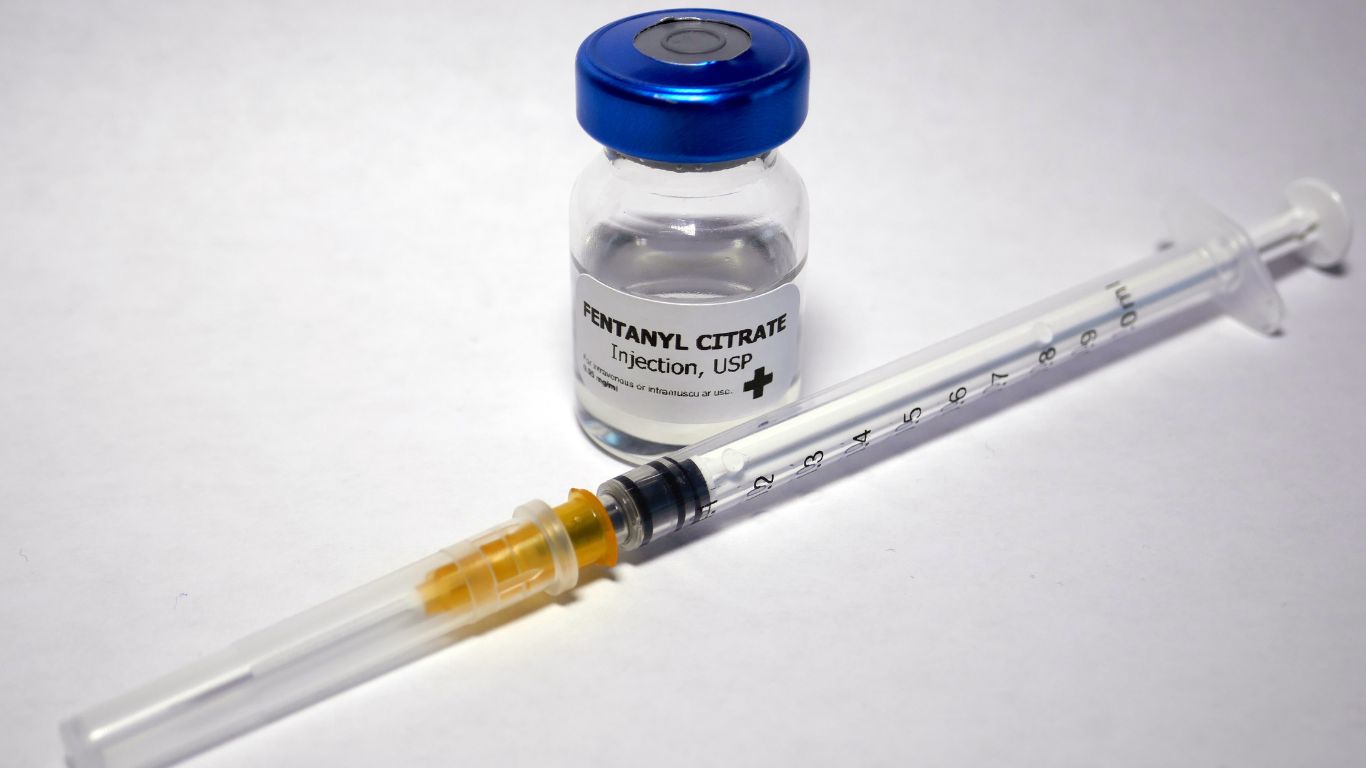More than two-thirds of the 100,000+ overdose deaths in 2021 were linked back to fentanyl use. It continues driving the ongoing opioid crisis and was recently described as “the single deadliest drug our nation has ever encountered,” by the Administrator for the country’s Drug Enforcement Administration.
If you or a loved one is addicted to fentanyl or other synthetic opioids, there is no time to waste. Call the opioid recovery team at TruPath today. Let us walk you through what happens when you quit fentanyl and take life back into your own hands.
Quitting Fentanyl
As a pain management tool, prescription opioids are hard to beat. Fentanyl binds to the opioid receptors in your brain, increasing the level of endorphins, effectively removing pain while adding pleasure. It’s what makes all opioid drugs incredibly addictive. Even the most responsible patients are in danger of becoming fentanyl addicts. Once established, fentanyl abuse is hard to kick. It’s highly advisable to seek out a qualified detox center specializing in fentanyl withdrawal as the first stage of a comprehensive addiction treatment program.
Fentanyl Withdrawal Symptoms
Quitting on your own doesn’t carry much chance of success, and it’s even less if you suffer from a dual diagnosis. Owing to the unpleasantness of fentanyl withdrawal, many addicts prefer to go on using. Some common symptoms include:
- Agitation and anxiety
- Back or leg pain
- Chills and goosebumps
- Depression
- Diarrhea and stomach cramps
- Dilated pupils
- Fever
- Increased blood pressure and heart rate
- Increased response to pain
- Insomnia and restlessness
- Irritability
- Muscle, bone, or joint pain
- Nausea and vomiting
- Rapid breathing
- Restless legs (kicking)
- Runny nose
- Sweating
- Watery eyes
- Weakness
- Yawning
While none of these withdrawal symptoms is life-threatening in and of itself, their extreme discomfort often leads to relapse. Abstinence from fentanyl, even for a short time, reduces your tolerance and increases the risk of overdose and death.
Tapering Off Fentanyl Slowly
Another approach is to slowly wean yourself off fentanyl, dulling the intensity of your symptoms. Work with your doctor on developing a plan that works for you. The timeline will vary depending on your typical dosage, how long you’ve been using, and how the opioids were administered. People using the transdermal patch will likely need longer to complete their detox process.
If the symptoms are too difficult to manage, don’t use other drugs to take the edge off. Follow the plan laid out by your doctor and discuss any changes or issues immediately. Remember, you don’t have to go through this process alone. The experts at TruPath will help you find the right plan for your situation.
Medical Detox for Fentanyl
There is a safer way to navigate the effects of fentanyl detox. It’s common practice for rehab centers to help things along by administering approved medications geared towards alleviating the pain and distress of detox. And with constant monitoring, your comfort is ensured throughout the process. Ultimately, you come out of the experience alert, focused, and with less risk of relapsing.
Take care in choosing the right location. There are some treatment centers claiming to offer this service in a fully qualified setting and under licensed medical supervision when the reality is nothing like that. Don’t be afraid to ask questions or review their credentials with the appropriate state or federal licensing boards.
Medications Used in Fentanyl Detox
Drug information supplied by the National Institute on Drug Abuse lists the three most common medications used in fentanyl detox as methadone, buprenorphine, and naltrexone. All three work as part of an overall treatment plan to reduce your cravings for opioids. Relapsing while taking any of these medications greatly increases your risk of fentanyl overdose and death.
Methadone and buprenorphine work by mimicking the effects of fentanyl on your brain, only with far less intensity. This also makes them candidates for potential drug abuse, requiring stricter diversion control procedures. Naltrexone, on the other hand, straight up blocks fentanyl’s effects while still suppressing your cravings. Its effectiveness, non-addictive nature, and ease of access make it a popular choice for long-term treatment. Be sure to discuss any concerns with your doctor and never share your prescriptions with another person.
Benefits of Quitting Fentanyl
Living with pain caused by a surgical procedure or accident is intolerable. The consequences of taking fentanyl and other opioid analgesics may be even worse. Millions of Americans, many of whom took their pain medication as prescribed, are struggling with opioid addiction today. You’re not alone. Feeling scared or ashamed may be natural, but it’s preventing you from getting the help you deserve.
Call the addiction specialists at TruPath today and let us show you how to reclaim your life. Our programs include detox, inpatient and outpatient programs, as well as partial hospitalization. You’ll find only expert medical practitioners, qualified substance abuse clinicians, and specially trained staff in our recovery centers. The holistic therapy approach at TruPath offers a wide range of modalities, including cognitive behavioral therapy, dialectical behavioral therapy, dual diagnosis treatment, family therapy, group therapy, and many other complementary health treatments. Fentanyl may be 100 times stronger than morphine, but with the support of a customized treatment program from TruPath, you’ll find that true strength lies within you.

